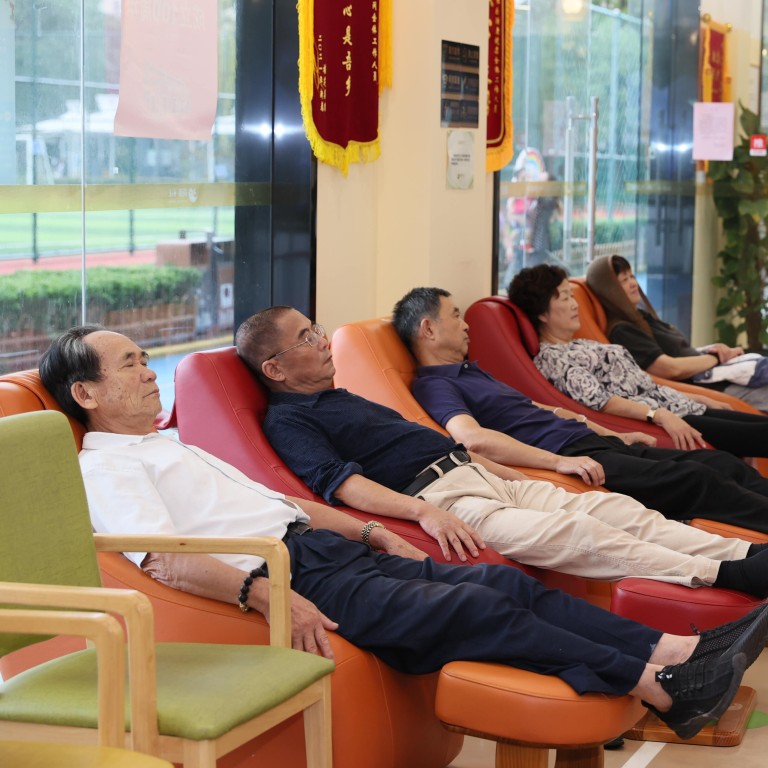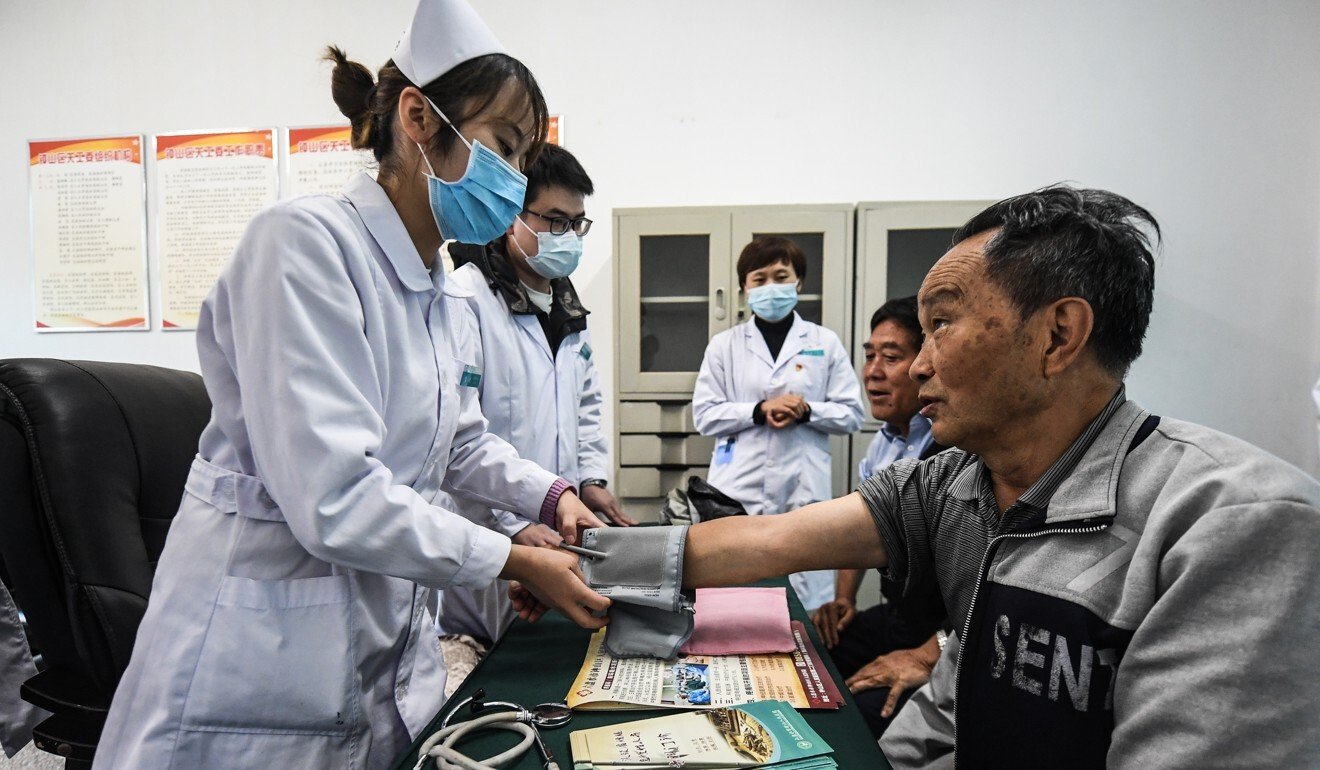
Rural China ageing faster than urban areas as proportion of over-60s continues to grow
- The proportion of over-60s in the population has risen from 10.3 per cent to 18.7 per cent over two decades, a trend that accelerated in recent years
- The problem is likely to be one of the country’s greatest challenges, especially as birth rates continue to fall
The 2020 China Ageing Development Bulletin, released by the National Health Commission, said the number of those aged over 60, the mandatory retirement age, stood at 264 million in November last year – or 18.7 per cent of the total population.
China’s population crisis is here to stay, and Beijing has its hands full
In 2010, this figure stood at 178 million, or 13.3 per cent of the population, while in 2000 it was 130 million, or 10.3 per cent of the population.
There has also been a rise in the number of over-65s. In 16 of the 31 mainland provinces, the number of people aged 65 and over exceeded 5 million, with six provinces having more than 10 million people aged 65 and over.
The problem of ageing is more pronounced in the countryside, with over-60s accounting for 23.8 per cent of the rural population, compared with 15.8 per cent in cities. This eight-point gap is significantly wider than the 4.3-point one recorded in 2015.
However, the bulletin also indicates that public investment and expenditure on ageing is still far from sufficient.
Last year, the average monthly basic pension was about 170 yuan (US$21.75), while a total of 51.7 billion yuan (US$8 billion) was spent on the welfare of the elderly nationwide that year.
By the end of 2020, there were 329,000 elderly care institutions and facilities across the country, with a total of 8.21 million elderly care beds, equivalent to 31 beds per 1,000 people.

07:02
China tackles challenges posed by its ageing population
The government has already tried to address this problem by allowing all citizens to have a third child.
The country also passed a law establishing a 30-day cooling-off period for couples who want to dissolve their marriage in an effort to lower the country’s soaring divorce rate.
But many experts doubt the plans will work without addressing the cost of having children.
Births in China’s Anhui province are ‘falling off a cliff’, new data shows
At present, the share of household disposable income is about 43 per cent of GDP in China, while it generally accounts for 60 to 70 per cent internationally, Yi Fuxian, a senior researcher and population expert at the University of Wisconsin-Madison, said.
“With such a low level of disposable income as a percentage of GDP, Chinese families find it impossible to afford to raise two or three children and the fertility rate is unlikely to rise,” said Yi.
He said China faces a dilemma about whether to cut taxes or reduce mandatory contributions to pensions and social security to give incentives to families to have more children or spend more to cope with the rising number of elderly people.
“China is facing a severe ageing crisis, which means that Beijing needs huge fiscal expenditure on the ageing population, and it will not be possible to raise the wage income share of the population significantly,” Yu said.

“In other words, the Chinese government is faced with a paradox: if it does not raise the proportion of wage income, young people will not be able to feed their children, the fertility rate will remain low, and ageing will accelerate; but if it raises the proportion of wage income in GDP, the government will not be able to cope with the ageing crisis with enough fiscal revenue.”
Last week, Premier Li Keqiang told a national conference about the ageing population that more programmes to cope with the problem were needed.
According to the state news agency Xinhua, he said officials should find ways to improve social and health care, and expand social security to address the needs of senior citizens.
President Xi Jinping, on the other hand, highlighted traditional values that honour the elderly during a speech to mark the Double Ninth tomb sweeping festival on Thursday.
New book stirs debate about China’s looming demographic crisis
This week, the government also published a plan to reduce infant mortality rates, setting a target of 5.2 deaths per 1,000 births by 2025.
The plan, posted on the official website of the National Health Commission on Thursday, also aims to lower the mortality rate of pregnant and postnatal women to 14.5 deaths per 100,000 people by the same year.

